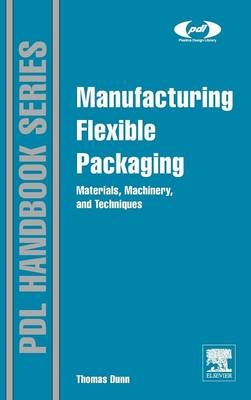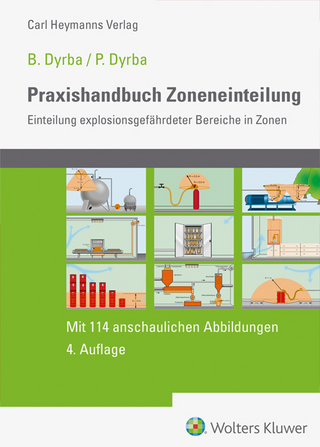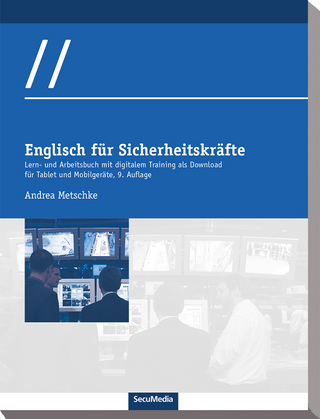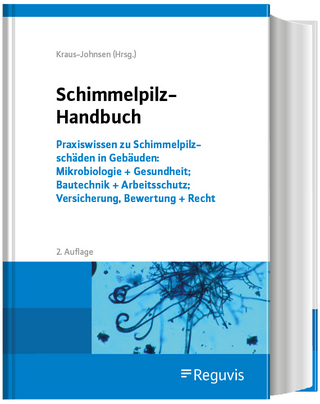
Manufacturing Flexible Packaging
Materials, Machinery, and Techniques
Seiten
2014
William Andrew Publishing (Verlag)
978-0-323-26436-5 (ISBN)
William Andrew Publishing (Verlag)
978-0-323-26436-5 (ISBN)
Efficiently and profitably delivering quality flexible packaging to the marketplace requires designing and manufacturing products that are both "fit-to-use" and "fit-to-make". The engineering function in a flexible packaging enterprise must attend to these dual design challenges.
Flexible Packaging discusses the basic processes used to manufacture flexible packaging products, including rotogravure printing, flexographic printing, adhesive lamination, extrusion lamination/coating; and finishing/slitting. These processes are then related to the machines used to practice them, emphasising the basics of machines’ control systems , and options to minimize wasted time and materials between production jobs.
Raw materials are also considered, including the three basic forms: Rollstock (paper, foil, plastic films); Resin; and Wets (inks, varnishes, primers). Guidance is provided on both material selection, and on adding value through enhancement or modification of the materials’ physical features.
A ‘measures’ section covers both primary material features – such as tensile, elongation, modulus and elastic and plastic regions – and secondary quality characteristics such as seal and bond strengths, coefficient of friction, oxygen barrier and moisture vapour barrier.
Flexible Packaging discusses the basic processes used to manufacture flexible packaging products, including rotogravure printing, flexographic printing, adhesive lamination, extrusion lamination/coating; and finishing/slitting. These processes are then related to the machines used to practice them, emphasising the basics of machines’ control systems , and options to minimize wasted time and materials between production jobs.
Raw materials are also considered, including the three basic forms: Rollstock (paper, foil, plastic films); Resin; and Wets (inks, varnishes, primers). Guidance is provided on both material selection, and on adding value through enhancement or modification of the materials’ physical features.
A ‘measures’ section covers both primary material features – such as tensile, elongation, modulus and elastic and plastic regions – and secondary quality characteristics such as seal and bond strengths, coefficient of friction, oxygen barrier and moisture vapour barrier.
Managing Director, Flexpacknology LLC
Section 1 – Methods
Web Processes
Finishing/Slitting
Rotogravure
In-Line Processes
Extrusion Lamination/Coating
Flexographic
Section 2- Machines
Capacity Utilization
Slitters
Control Systems
Rotogravure Presses
Flexographic Presses
Extrusion Lamination/Lines
Section 3 – Materials
Rollstock 1° and 2° properties
Resin Properties
Paper
Foil
OPP
OPET
OPA
PE film
Copolymer Film
Ionomer Film
Sealant/Adhesive Resins
PE Resins
Inks
Speciality Resins
Varnishes/Coatings
Barrier Resins
Section 4 – Measures
Conditioning
Primary (Material-based)
Secondary (Use-based)
| Reihe/Serie | Plastics Design Library |
|---|---|
| Verlagsort | Norwich |
| Sprache | englisch |
| Maße | 152 x 229 mm |
| Gewicht | 520 g |
| Themenwelt | Technik |
| ISBN-10 | 0-323-26436-0 / 0323264360 |
| ISBN-13 | 978-0-323-26436-5 / 9780323264365 |
| Zustand | Neuware |
| Haben Sie eine Frage zum Produkt? |
Mehr entdecken
aus dem Bereich
aus dem Bereich
Lern- und Arbeitsbuch (mit digitalem Training zum Downloaden)
Buch (2024)
SecuMedia (Verlag)
29,90 €
Praxiswissen zu Schimmelpilzschäden in Gebäuden: Mikrobiologie, …
Buch | Hardcover (2024)
Reguvis Fachmedien (Verlag)
99,00 €


